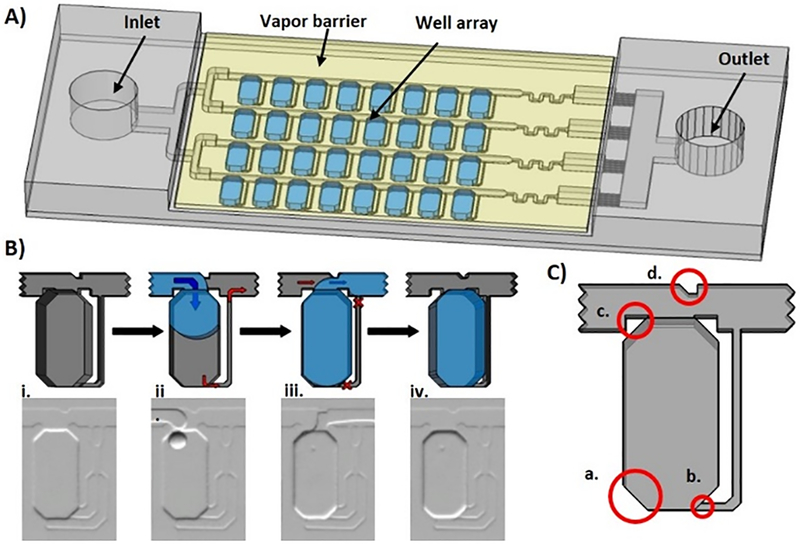Figure 1. The self-digitization (SD) chip.
(A) The SD chip consists of an array of channels and wells that spontaneously compartmentalizes aqueous samples into defined volumes for digital nucleic acid quantification assays. (B) The sample loading process is illustrated in single well schematics (top) and photographs (bottom). (i) The device is primed with an oil mixture to eliminate air. (ii) Aqueous sample is loaded, travels through channels, and expands into wells to lower the surface energy. Hydrophobic drainage channels assist sample filling by allowing oil to drain from the wells but are too small to allow aqueous sample to transfer. (iii) Additional oil is loaded and displaces aqueous solution from the channels but not from the wells, isolating the aqueous solution in compartments (iv). (C) Enhancements of the SD chip design include (a) using beveled well edges to reduce high-energy distortions of aqueous droplets; (b) using “Greek key” drainage channels with a height difference between the wells and drainage channels to improve oil drainage; (c) notches in the channels on both sides of the wells to facilitate oil breakoff during digitization; and (d) a notch in the channel opposite the well to direct aqueous solution into the well during filling.

